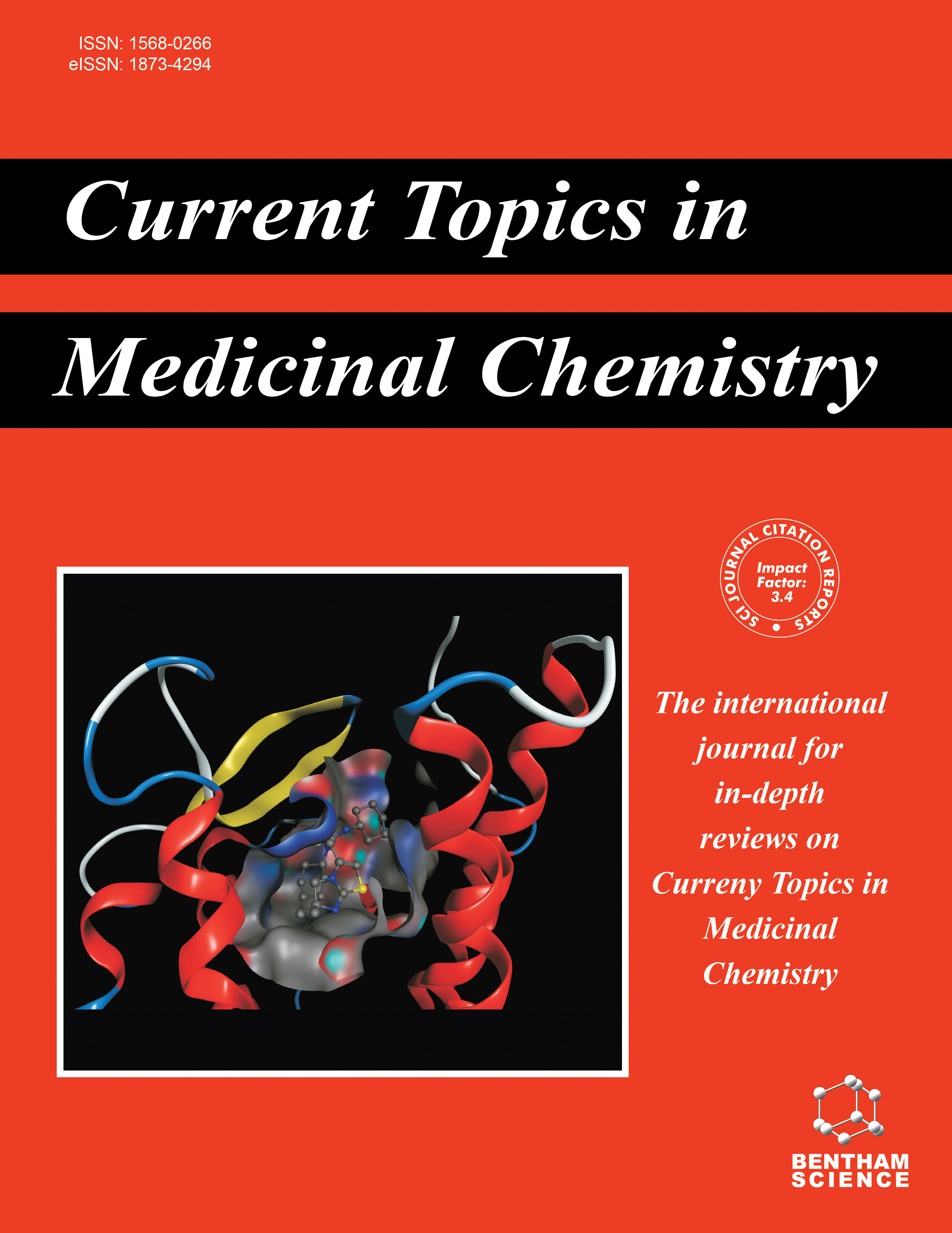
Full text loading...

Parkinson's disease (PD) is a persistent neurological degenerative condition that can significantly alter one's quality of life. This condition affects the substantia nigra, the region of the brain that contains dopamine-producing neurons. It is a disorder of the central nervous system that arises when nerve cells, or neurons, in this brain area are damaged or die. Norepinephrine, another chemical messenger that aids in controlling primary physiological processes, such as heart rate and blood pressure, is also deficient in PD patients. The symptoms of PD can interfere with daily activities and include fatigue, walking difficulties, limb rigidity, and loss of smell. Researchers are striving to identify a reliable biomarker for Parkinson's disease. Currently, the Food and Drug Administration has approved the radiotracer I-123-ioflupane injection followed by scanning (DATscan-SPECT) for precise analysis. To diagnose Parkinson's disease early, researchers are developing predictive diagnostic techniques using various biomarkers. The right biosensor can recommend the best personalized course of action to slow the progression of Parkinson's disease. This review highlights the strong performance of diagnostic biomarkers for Parkinson's disease and emphasizes the effectiveness of the common immuno-, apta- and DNA-sensors for their efficient implementations for different biomarkers. Further, it also discusses the potential advantages and drawbacks associated with detection methods for improving high-performance diagnostics.

Article metrics loading...

Full text loading...
References


Data & Media loading...